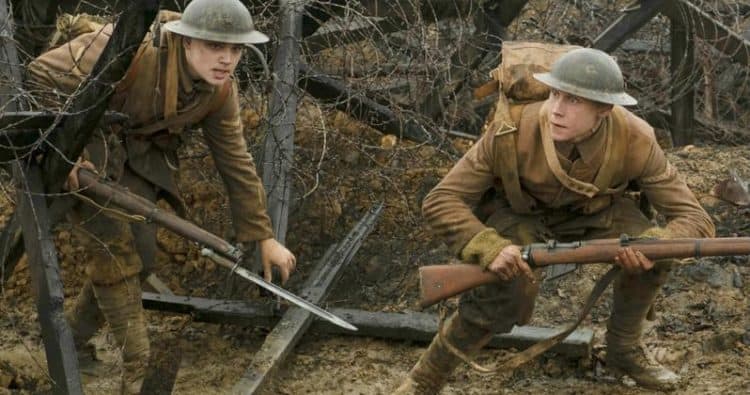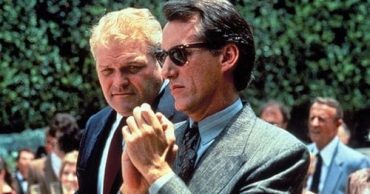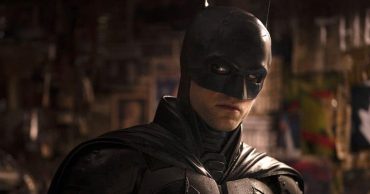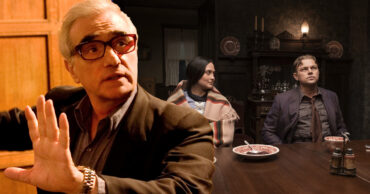
With ten Oscar nominations, 1917 is one of the main frontrunners for the Best Picture award. Sam Mendes’ film, based on the recollections of his own grandfather, takes us inside the trenches of WWI, shot as if to appear as one-take. Due to its endless bravado in filmmaking technique, heavily aided by cinematographer extraordinaire Roger Deakins, 1917 is poised to sweep the technical categories.
The skill on offer can’t be quibbled with. The question is whether this skill actually adds up to anything, with its stylistic ambitions actually getting in the way of providing genuine emotion. Moments of true sadness or horror are often elided over as we quickly progress from scene to scene, with not enough time to really make us care for the characters and their journey. The result is a WWI simulator that is technically outstanding but gives us little reason to actually care.
Many critics, due to the way the narrative is structured and the point-and-shoot perspective of the camera, have likened the experience of watching the film to watching someone else play a video game. Big-name actors like Mark Strong, Colin Firth and Benedict Cumberbatch are spaced out like end-of-level bosses and star George McKay plays Lance Corporal Will Schofield on the emotional wavelength of a Medal of Honor cutscene. This makes it a fascinating experiment by Sam Mendes, and raises an interesting concept: perhaps this is the rare movie that would actually be a better work of art as a video game.
While the critical success of the film and its awards, at odds with my own opinion, make this an unlikely prospect, here are three reasons why 1917 would be far more successful played on your TV than experienced on the biggest screen possible. Read them below.
It Already Looks Like A Video Game
Cutscenes aside and 1917’s one-shot concept basically resembles what it would be like to play as a soldier in a video game. While the camera is not constantly behind McKay as he runs and guns across the fields of Northern France, he remains almost entirely at the center of the frame, as if you are controlling him with the L3 stick on the PlayStation and changing perspective through use of the R3 stick.
The film is also cut one-for-one between action scenes and talking scenes in such a way that you wouldn’t even need to fundamentally rewrite the 1917 script. You would simply insert cutscenes when Schofield walks into a darkened room or interacts with higher level members of the British Army. Considering that it already looks like a video game, it’s not much of a stretch to see it actually being made as a video game.
The Settings Would Be More Believable
Despite being all one-take, 1917 is structured in such a way that it doesn’t really flow as one. This is because, unlike genuine one-take movies, such as Victoria or Russian Ark, 1917 is several different takes all stitched together. With the camera moving behind walls, trees and bits of rock so the scene can change while viewers still believe they are watching just one take, the characters often seem to re-emerge at completely different angles that don’t make sense spatially.
While this kind of discombobulation works in horror – the peculiar and purposefully paradoxical architecture of the Overlook Hotel in The Shining, for example, explored through tracking shots – it feels inauthentic for a film committed to a realistic depiction of war. When you play as a character in a game, however, you can accept that when you climb past a particular mound or through a particular doorway, the setting may change strangely and you might not be able to come back. In a video game, one could easily forgive this spatial strangeness as a necessary part of the medium itself.
The Emotions Would Hit Harder
Life during WWI was impossibly hard and the men on both sides who lived through it experienced unimaginable hardship. This sense of immense sadness is lost in 1917, which has to commit both to one take and a mere two hour runtime, meaning that scenes of sorrow – such as seeing your comrade die or nearly escaping death yourself – last one, two minutes at most before we are whisked away to the next scene. This is OK in a video game where most viewers probably just skip the cutscenes entirely anyway, but quite nonsensical for a piece of so-called authentic WWI realism.
It’s good to look at video games that get emotions right as an example for 1917 to follow. For example, the highest rated video game of the 2010s, according to Metacritic, is The Last of Us, which had an uncommonly engaging storyline among endless levels bashing zombie’s heads in with a baseball bat. Nonetheless, as fine as the tale of Joel and Elly is, and as good as the voice-work is, The Last of Us could hardly stand alone as a movie by itself.
This is due to the fact that films do not simply alternate between emotional beats and action over and over again, but blend the two of them together so that character actually is action. 1917 cannot convince us of this, McKay’s weak character seemingly apart from the action he inhabits. Humanity is lost amongst the spectacle and we cannot feel as much as perhaps Mendes wants us too.
Therefore if empathy is about projecting your emotions onto characters, perhaps it would be better to actually play as Lance Corporal Will Schofield as he fights his way through his missions. Circling back to The Last of Us, the strong cutscenes – which last far longer than the “cutscenes” in 1917 – help imbue playable action with meaning, something that would actually help 1917 if it were a video game. Additionally, the repetitive nature of video gameplay – constantly dying and coming back until one can figure out how to complete each individual level – would actually help to better stress the futility of war and Schofield’s actual vulnerability. As it stands he’s a video game character in a narrative film: an unresolvable conflict that renders 1917’s emotional impact inert.
 Follow Us
Follow Us





